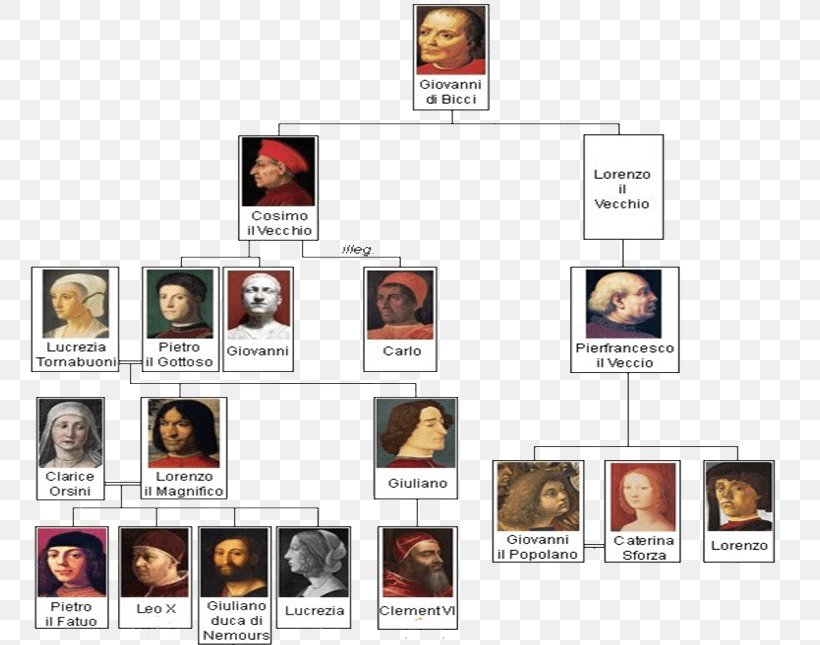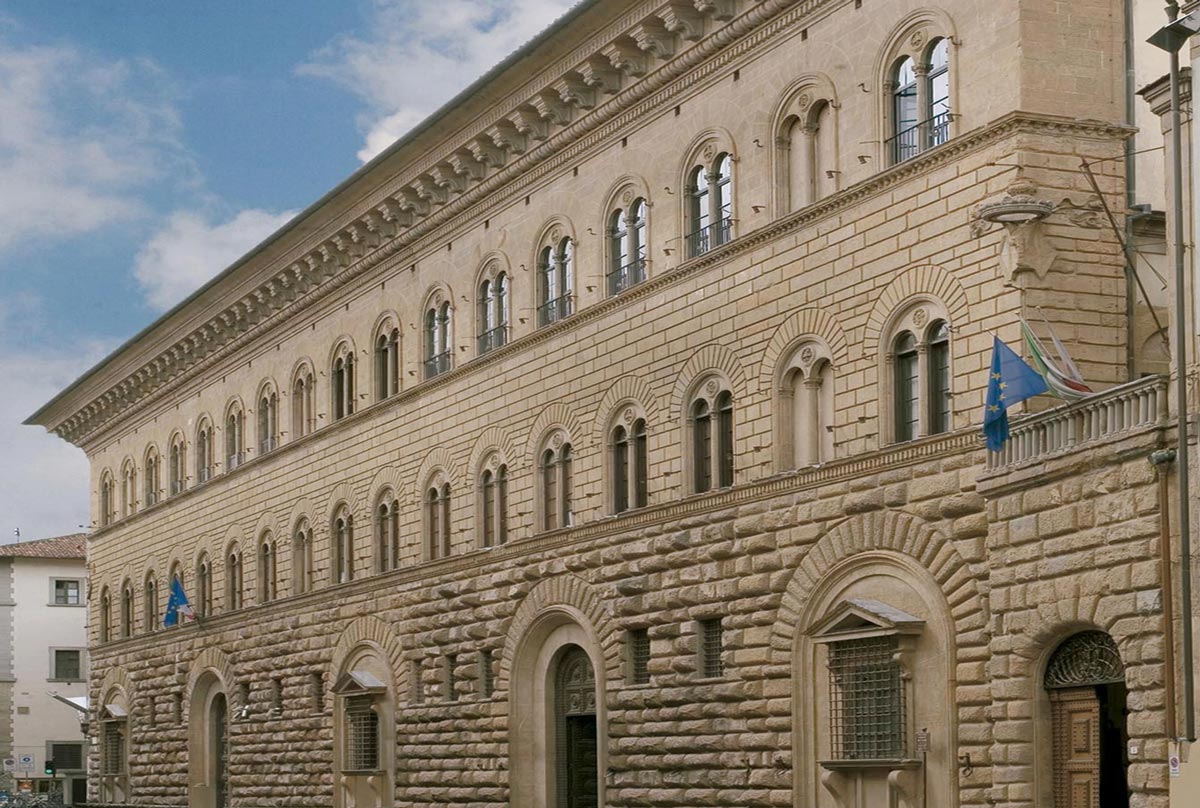Table Of Content

Another of Cosimo's tactics was to pay some of the city's military captains from his own pocket, making them loyal to him personally. “The legacy of the Medici family is so profound that its impact on the Renaissance is immeasurable. The foundations they laid in business and culture reach into the modern world today, which gives our story great breadth and depth, said Matilde and Luca Bernabei, Lux Vide’s Chairman and CEO, respectively.
The 15th century: 3 Generations to Rule over Florence
They were more than beneficent and ostentatious patrons of the arts; they were also enlightened and were probably the most magnificent such patrons that the West has ever seen. Members of the family rose to some prominence in the early 14th century in the wool trade, especially with France and Spain. Despite the presence of some Medici in the city's government institutions, they were still far less notable than other outstanding families such as the Albizzi or the Strozzi. The Medici Bank, from when it was created in 1397 to its fall in 1494, was one of the most prosperous and respected institutions in Europe, and the Medici family was considered the wealthiest in Europe for a time.
Line of Cosimo the Elder
It was to become the "family" church but he died before it was completed in 1429. The Medici Chapels behind San Lorenzo remain as the family's crypt up to this day. Simply put, they were a family of smart, politically-savvy men (and women) who gained power and influence in a deceptively unassuming manner. Little by little, this power and influence led to them making an economic fortune with which they created a bank and made even more money. In the dangerous circumstances in which our city is placed, the time for deliberation is past. As I have had more honour and responsibility among you than any private citizen has had in our day, I am more bound than any other person to serve our country, even at the risk of my life.
Italian banking family and political dynasty / From Wikipedia, the free encyclopedia
The Medici, however, were able to escape this fate and even took advantage of it to establish themselves among the city’s elite. But their policy of consolidating their position by controlling the government—the work of the descendants of Chiarissimo II (himself the grandson of the first known Medici)—resulted in 50 years of serious misfortunes for the family (1343–93). Three lines of Medici successively approached or acquired positions of power. The line of Chiarissimo II failed to gain power in Florence in the 14th century.
Medici History, Wealth, Patronage, Facts & Famous Members - BBC History Magazine
Medici History, Wealth, Patronage, Facts & Famous Members.
Posted: Thu, 19 Aug 2021 07:00:00 GMT [source]
Because of this act, considered a betrayal, the Medici had to flee Florence (1494). Giovanni, at that time a cardinal, used his influence with Pope Julius II to bring the family back to positions of power. Giuliano, who received the French title of duc de Nemours, was in poor health and died relatively young. In 1569, the duchy was elevated to the Grand Duchy of Tuscany after territorial expansion.
By the first half of the 15th century, the family had risen to become the most important house in Florence and Tuscany – a position they would hold for three centuries. While I'm not trying to offer a detailed history of the House of the Medici, I think knowing some of the basics will help anyone visiting Florence. I've planned to offer this outline of the history of the family as a first general introduction to the main members of the family and their mark on the city, hoping your visit to Florence is a bit more interesting as a result. The Medici family came from the agricultural Mugello region[9] north of Florence, and they are first mentioned in a document of 1230.[10] The origin of the name is uncertain. Medici is the plural of medico, meaning "medical doctor".[11] The dynasty began with the founding of the Medici Bank in Florence in 1397. Encyclopedia.com gives you the ability to cite reference entries and articles according to common styles from the Modern Language Association (MLA), The Chicago Manual of Style, and the American Psychological Association (APA).
The TV drama Medici: Masters of Florence
From this base, they acquired political power initially in Florence and later in wider Italy and Europe. They were among the earliest businesses to use the general ledger system of accounting through the development of the double-entry bookkeeping system for tracking credits and debits. The family is well recognized for having been the patrons of the famous Galileo Galilei, who tutored multiple generations of Medici children. While the Medici used their talents to gain power and prestige for themselves, they also used their influence to improve the quality of life of those in their charge to sponsor cultural endeavors and to keep Florence free from foreign domination.
Cosimo the Elder
In 1469 Cosimo's grandson Lorenzo the Magnificent (1449–1492) became head of the family and, for all practical purposes, ruler of Florence. He managed to hold onto power despite a rebellion by prominent Florentines and a war with the pope. When Lorenzo's son Piero gave in to French demands, the Florentines rebelled and exiled the most prominent members of the Medici family. There were three branches of Medicis that successfully gained power – the line of Chiarissimo II, the line of Cosimo (known as Cosimo the Elder) and the descendants of his brother, who went on to rule as grand dukes. A distant cousin of Salvestro was Averardo de’ Medici (or Bicci), whose progeny became the famous Medici of history. His son Giovanni di Bicci de’ Medici (1360–1429), considered the first of the great Medici, inherited the family business based on cloth and silk manufacturing and on banking operations and made the family powerfully prosperous.
She made an agreement with the Lorraine family―the new sovereigns of Florence―and forced them to leave intact the heritage of the Medici family, which had to be kept in Florence. Thanks to that arrangement, Florence now hosts the Uffizi Gallery, the Pitti Palace museums, and many other world-famous museums. It was the last precious gift from the Medici family to their beloved Florence. As many as five death sentences were reported out of respect of the Medici family! In a deed dated 1201, a man named Giambuono is considered to be the historical founder of the family. At the end of thirteenth century, two members of the family (Scolaio and Gano) were part of the Guelph party, the same family as Dante Alighieri.
Perhaps God wills that this war, which began in the blood of my brother and of myself, should be ended by any means. My desire is that by my life or my death, my misfortune or my prosperity, I may contribute to the welfare of our city... I go full of hope, praying to God to give me grace to perform what every citizen should at all times be ready to perform for his country.

In 1569, Cosimo I de' Medici won from the pope the hereditary title of grand duke of Tuscany, the region around Florence. It was through Giovanni's election to the Signoria that he started gaining supporters and thus influence. He was never actually in a political position of power and his interest in politics extended only as far as it impacted the family business, which was both banking as well as the wool industry. They were still far less notable that other leading families in Florence, such as the Strozzi or the Albizzi but supporting the pope in Rome was a wise move.
He died the same month, but his successor, Pope Paul V, was also pro-Medici.[31] Ferdinando's pro-papal foreign policy, however, had drawbacks. Tuscany was overrun with religious orders, not all of whom were obliged to pay taxes. Ferdinando died in 1609, leaving an affluent realm; his inaction in international affairs, however, would have long-reaching consequences down the line.

With the Medici Bank, the family introduced a number of banking innovations which are still in use today – the idea of a holding company, double-entry bookkeeping and lines of credit. The last of the great banking Medici line, Piero il Fatuo (“the Unfortunate”), only ruled Florence for two years before being expelled. The House of Medici produced 4 popes – Leo X (1513–1521), Clement VII (1523–1534), Pius IV (1559–1565) and Leo XI (1605). The dynasty began when Giovanni di Bicci de’ Medici (1360–1429) emigrated to Florence to found the Medici Bank in 1397, which would become Europe’s largest and most respected bank.
Cosimo I’s grandson Cosimo II (1590–1621) gave up the family practice of banking and commerce. Cosimo II’s grandson Cosimo III (1642–1723) was a weak ruler, under whom Tuscany’s power declined. His son Gian Gastone de’ Medici (1671–1737), who died without issue, was the last grand duke of Tuscany.
In 1348, the year of the terrible Black Death, one of the Medici was Gonfaloniere di Giustizia, one of the citizens selected who formed the government, or Signoria. The Signoria, comprised of nobles, important burghers, and intellectuals, was the oligarchic institution that ran the Florentine republic. The Medici family, also known as the House of Medici, was the Italian family that ruled Florence, and later Tuscany, during most of the period from 1434 to 1737, except for two brief intervals (from 1494 to 1512, and from 1527 to 1530).
The Medici family, also known as the House of Medici, first attained wealth and political power in Florence, Italy, in the 13th century through its success in commerce and banking. Beginning in 1434 with the rise to power of Cosimo de Medici (or Cosimo the Elder), the family’s patronage of the arts and humanities made Florence into the cradle of the Renaissance, Europe’s scientific, artistic and cultural rebirth. The Medicis produced four popes (Leo X, Clement VII, Pius IV and Leo XI), and their genes have been mixed into many of Europe’s royal families. The last Medici ruler died without a male heir in 1737, ending the family dynasty after almost three centuries.

No comments:
Post a Comment